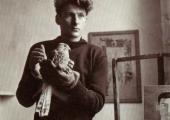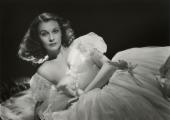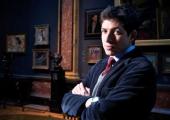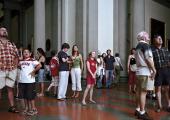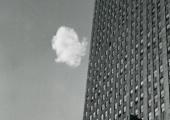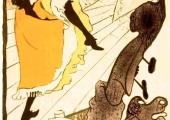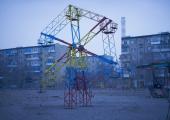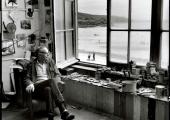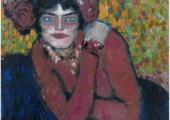Frans Hals at the Metropolitan Museum, New York
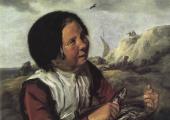
The fairest and most insightful of portraitists in a magnificent display
If one comes away with any certainty from the New York exhibition Frans Hals at the Metropolitan Museum (until 10 October) it is that the Golden Age Dutch master (1582/3-1666) keenly understood and sympathised with his fellow human beings. Whether Hals (beloved of Courbet, Manet, Monet, Van Gogh, Whistler and Sargent) was painting drunks and prostitutes in tavern scenes, humble fisher folk, or burghers and intellectuals and their wives, he unerringly captured the essence of his sitters. There is little sentimentalisation or disparagement in his work.

